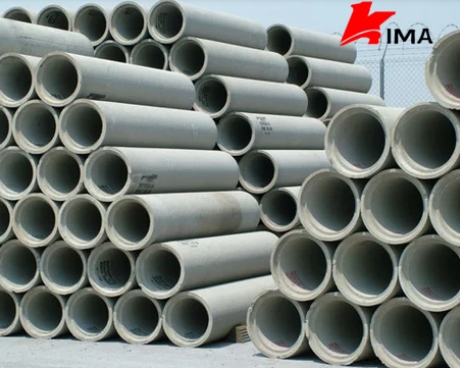Cellulose ether is a kind of polymer compound obtained by chemical modification of natural cellulose, which has good water solubility, film-forming property, water retention and thickening property. In the field of modern building materials, especially in cement products, cellulose ether is an important additive and is widely used in dry-mixed mortar, tile adhesive, cement plaster, caulking agent, self-leveling mortar and other formulations, which plays an important role in improving the construction performance, use performance and overall quality of cement products.

1. Water retention performance
One of the most significant characteristics of cellulose ether is its excellent water retention capacity. After adding cellulose ether to cement products, it can significantly reduce the rapid evaporation of water to the base or air during the construction process, prolong the hydration reaction time of cement, help the cement to fully hydrate and improve the final strength. Especially in dry, high temperature or water-absorbent base environment, cellulose ether can effectively avoid problems such as cracking, powdering and decreased adhesion caused by rapid water loss.
2. Improve construction performance
Cellulose ether can improve the workability of cement products, especially in the following aspects:
Improve lubricity and smoothness: Cellulose ether can significantly improve the lubricity of mortar or cement paste, making construction operations smoother and tools easier to use, thereby improving construction efficiency.
Thickening and anti-sagging: Cellulose ether has a good thickening effect on cement paste, making the paste have a certain yield strength and not easy to flow, thereby enhancing the slurry hanging property and preventing sagging during construction. It is particularly suitable for facade or ceiling construction.
Improving thixotropic cellulose: Cellulose ether gives the paste good thixotropy, that is, it has good fluidity when stirred and maintains a certain consistency when stationary, which is conducive to operation and shape maintenance, and improves construction quality.
3. Enhanced bonding
Cellulose ether adjusts the viscosity and water retention of the paste, so that the paste can better contact with the base or paste (such as tiles, stone), improve the wettability and initial adhesion of the interface, and thus enhance the final bonding strength. Especially in applications such as tile adhesives that require high bonding, the role of cellulose ether is particularly critical.
4. Control cracking and shrinkage
Cement shrinks to a certain extent during the hardening process. If the shrinkage is uneven or too fast, cracks are likely to occur. Cellulose ethers can effectively reduce the shrinkage rate by delaying the hydration reaction and increasing the water retention rate, and reduce the microcracks generated in cement products in the early hardening stage, thereby improving their crack resistance.
5. Improve freeze-thaw resistance
Under cold climate conditions, cement products may be damaged by freeze-thaw cycles. Cellulose ethers can enhance the material's freeze-thaw resistance and extend its service life to a certain extent by improving the density of the cement structure and maintaining a balanced distribution of internal moisture.

6. Compatibility and adjustability
Different types of cellulose ethers (such as hydroxypropyl methylcellulose HPMC, hydroxyethyl methylcellulose HEMC, etc.) have different viscosities, substitution degrees and solubility properties. They can be flexibly selected or compounded according to the specific use and construction conditions of cement products to achieve fine control of performance. For example, low-viscosity cellulose ethers are suitable for self-leveling mortars, while high-viscosity products are more suitable for tile adhesives or plaster mortars.
7. Environmental friendliness and economic benefits
As a derivative of natural cellulose, cellulose ether has good biodegradability and is environmentally friendly. At the same time, by improving construction efficiency, reducing rework, and improving product performance, it can also reduce engineering costs and reflect high economic value.
Cellulose ether plays an irreplaceable and important role in cement products. It significantly improves the quality and user experience of cement products by improving water retention, construction performance, adhesion and durability. With the development of green building materials and high-performance building materials, the application of cellulose ether will become more and more extensive, and it will also show greater potential in the future in the direction of intelligent formulation and functionalization.
 English
English 日本語
日本語 français
français Deutsch
Deutsch Español
Español italiano
italiano русский
русский português
português العربية
العربية Türkçe
Türkçe Nederland
Nederland





